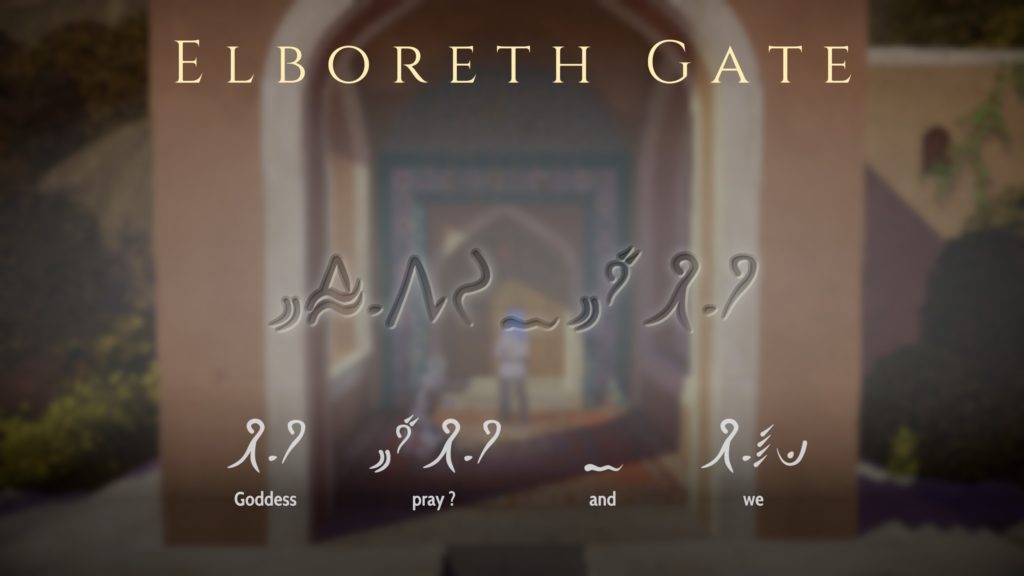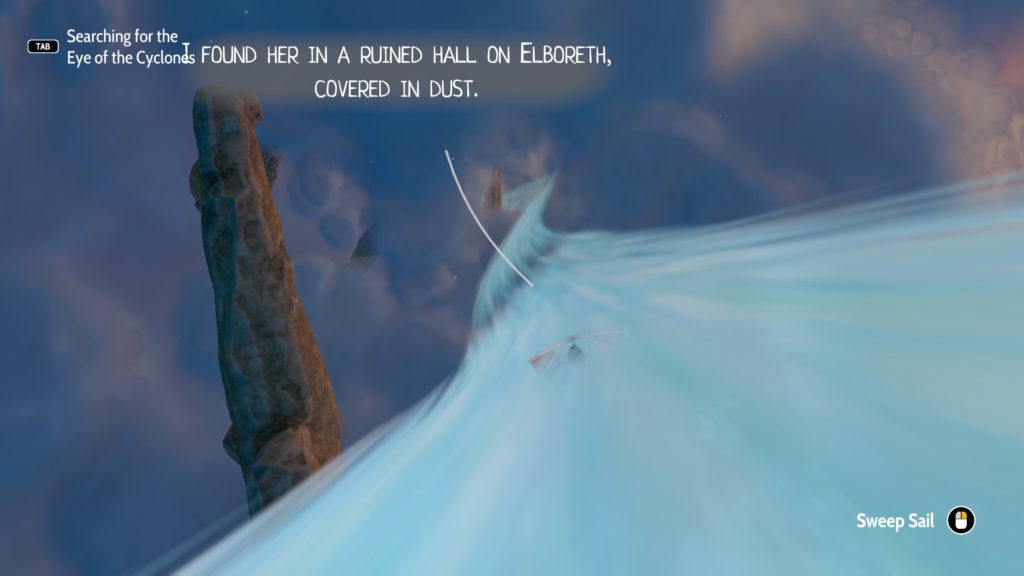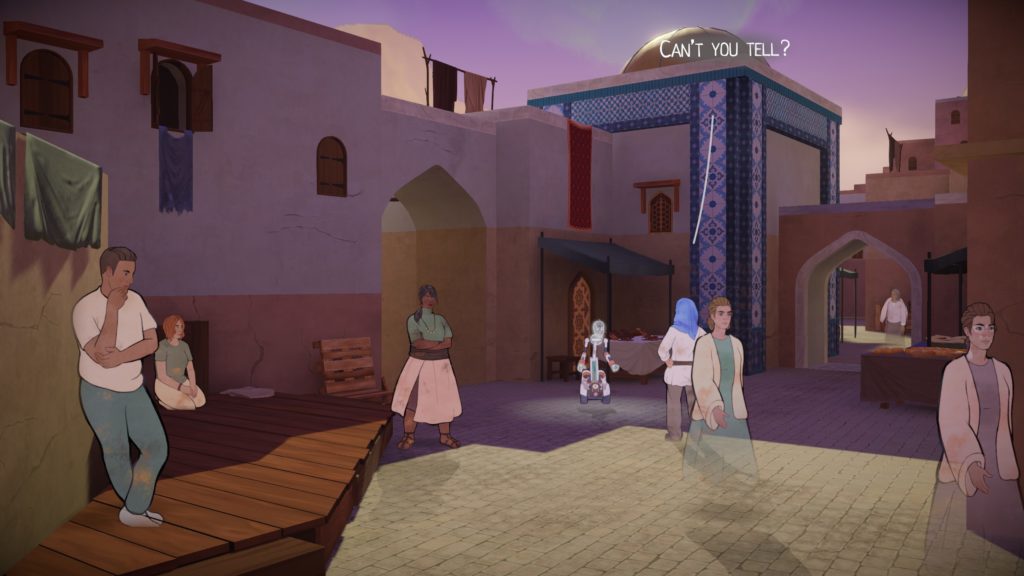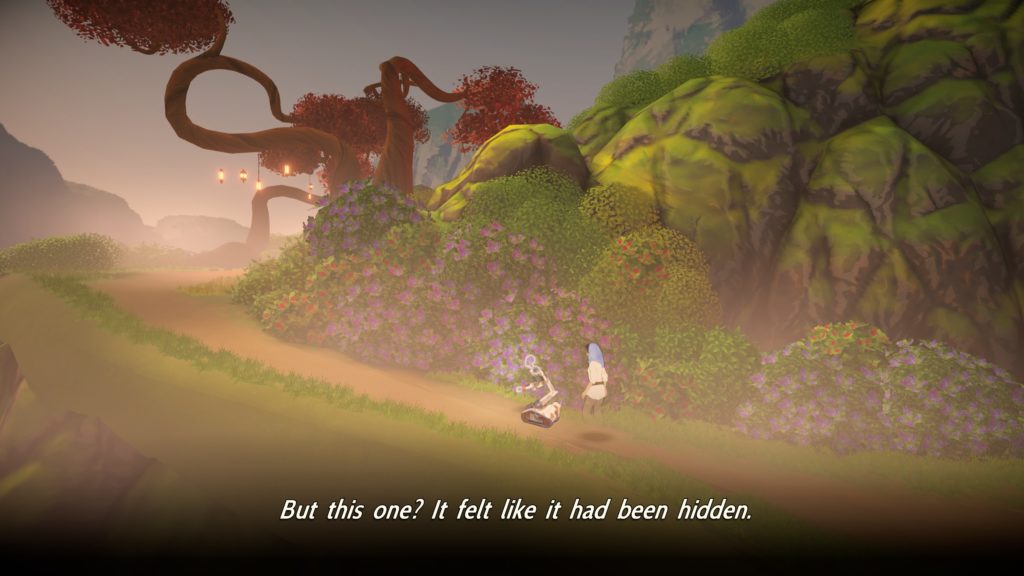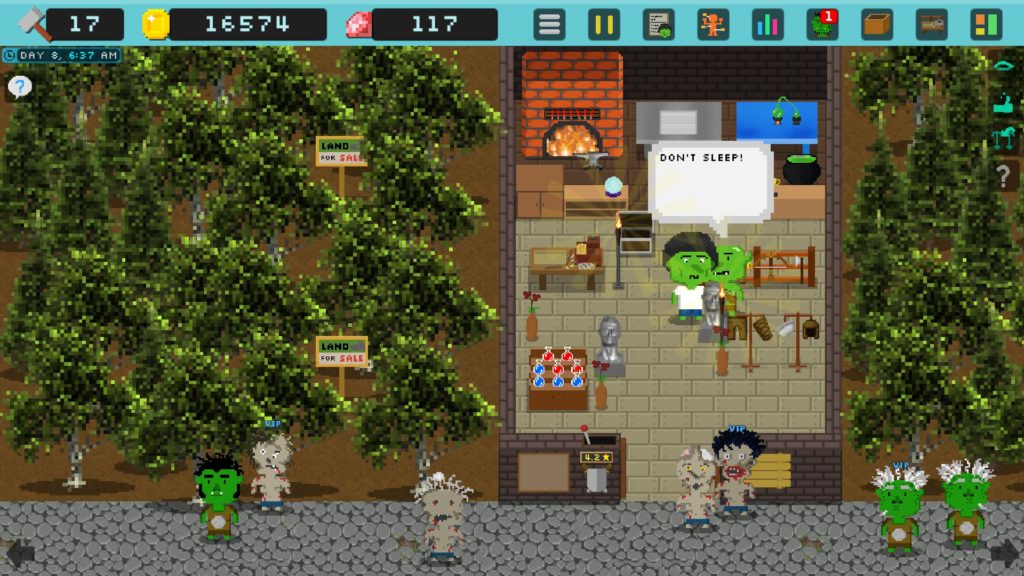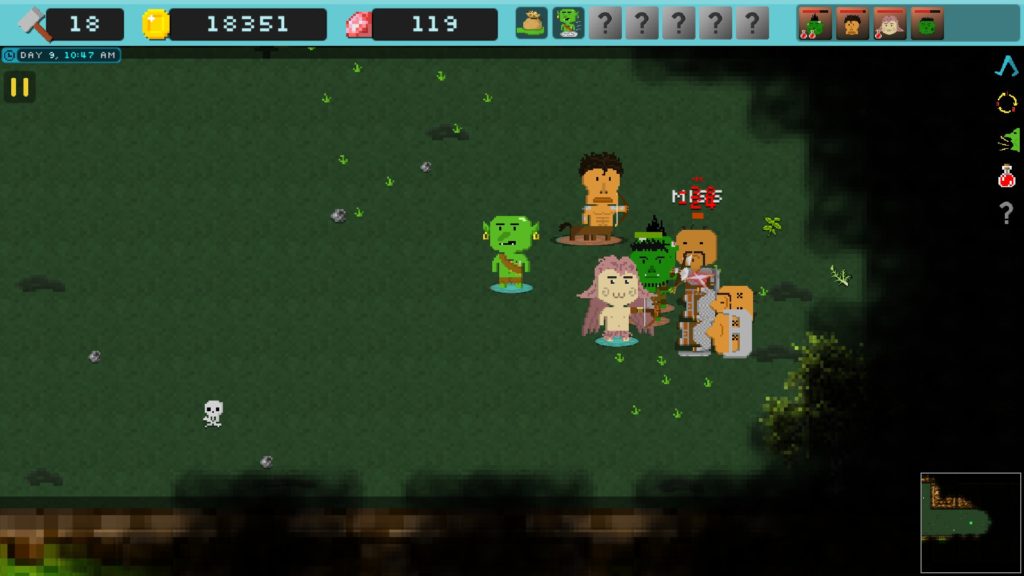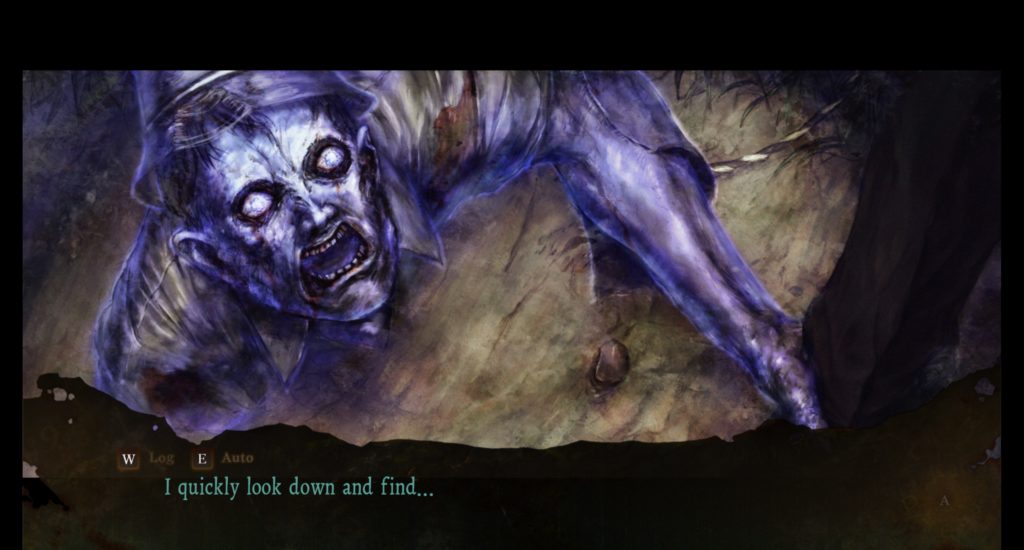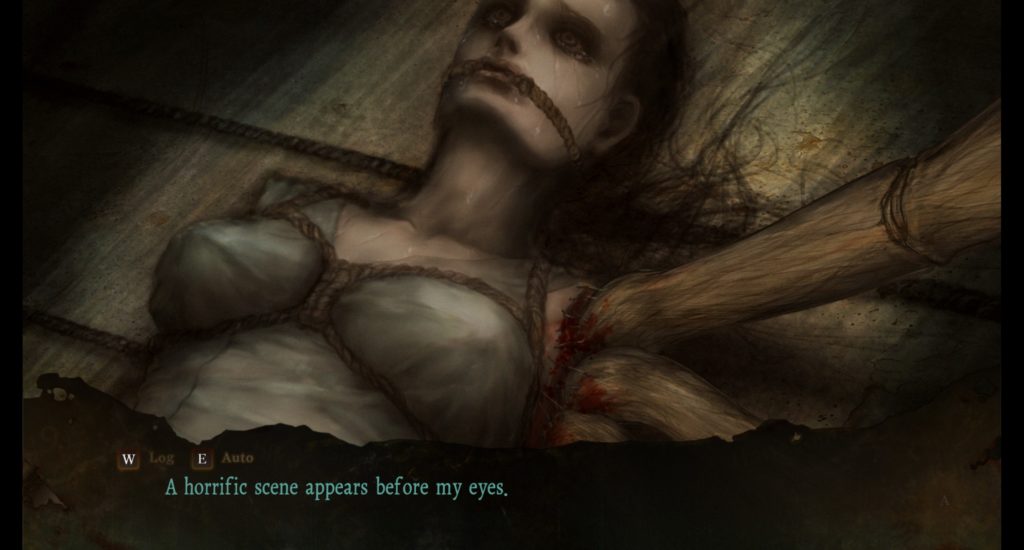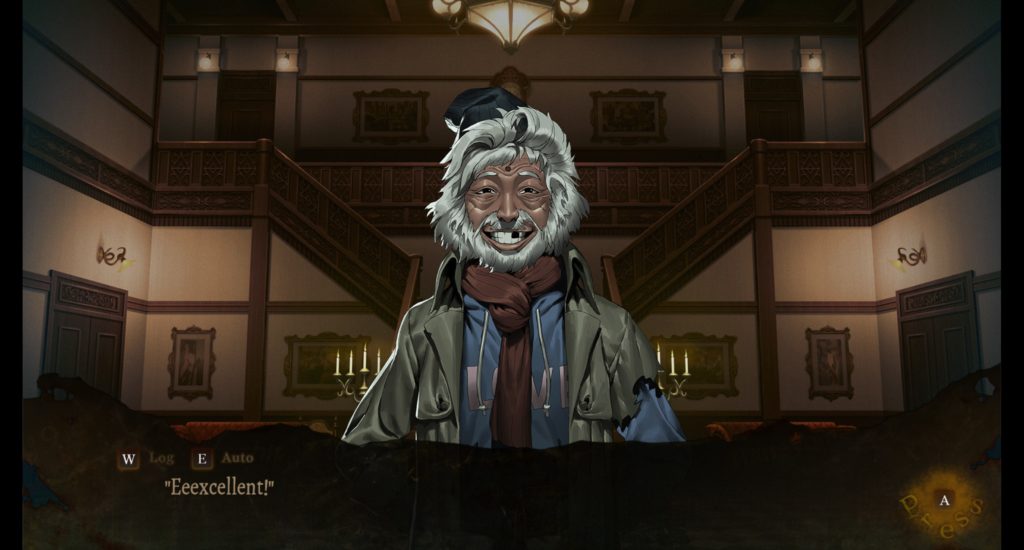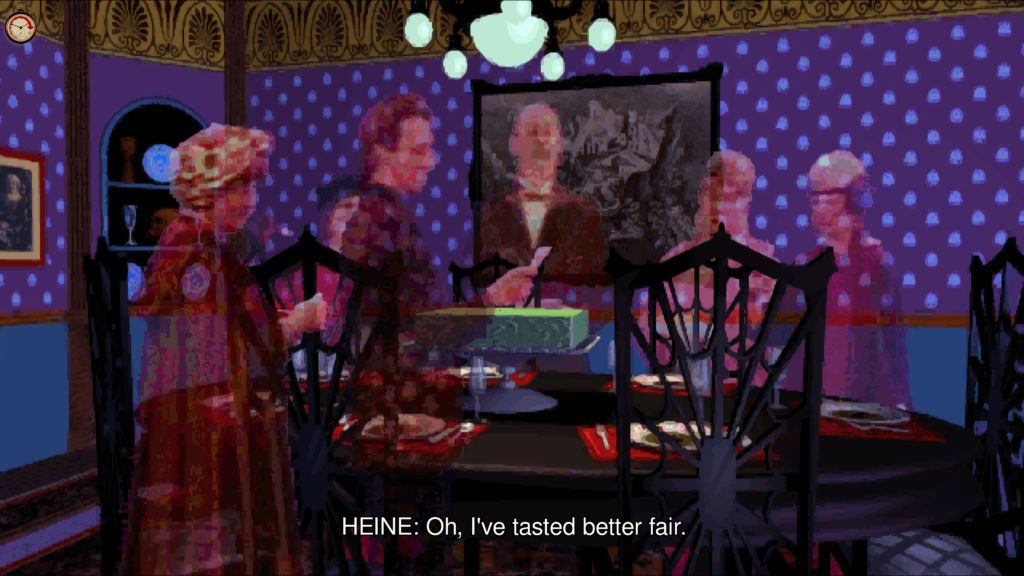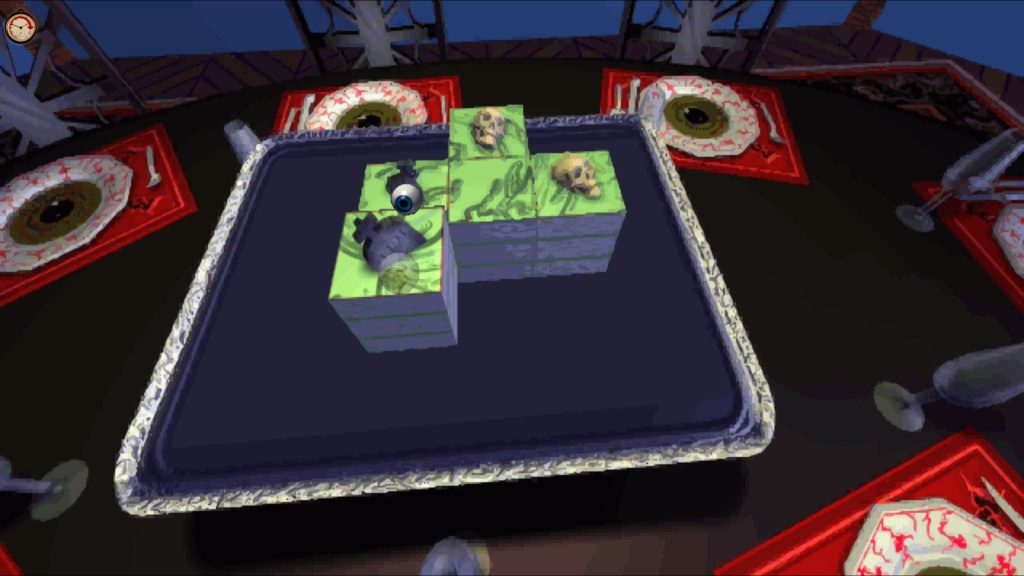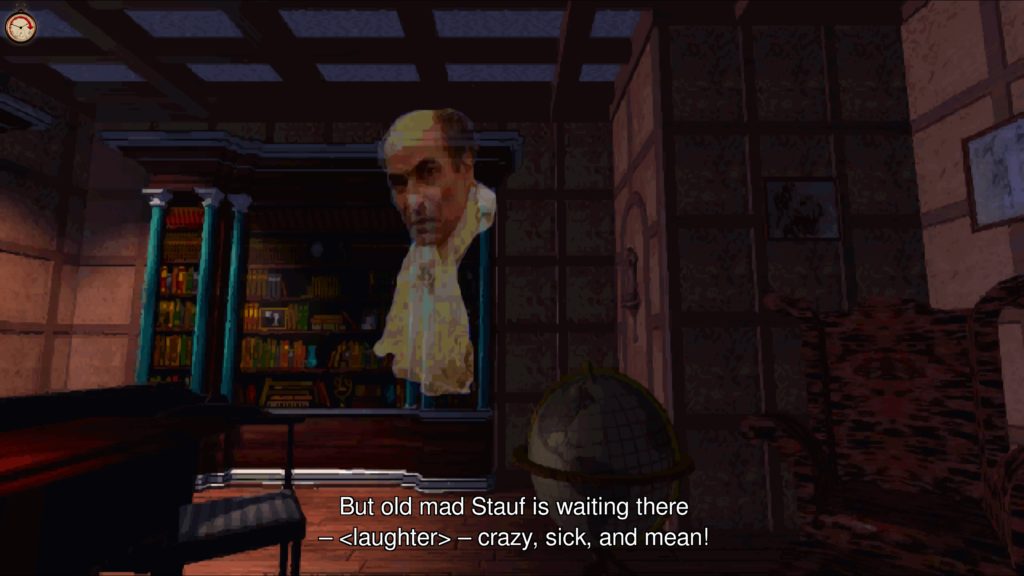One Finger Death Punch 2 (Review)

Source: Cashmoneys
Price: £5.79
Where To Get It: Steam
One Finger Death Punch 2 is, on the one hand, more of the same with more pizzazz, or, depending on your viewpoint, more distractions that may screw you up at high speeds. On another level, it’s the survival of memes from a long way back (Bad martial arts movie dubs and stickman fights, cats love to get up in your business while you’re doing important things.)
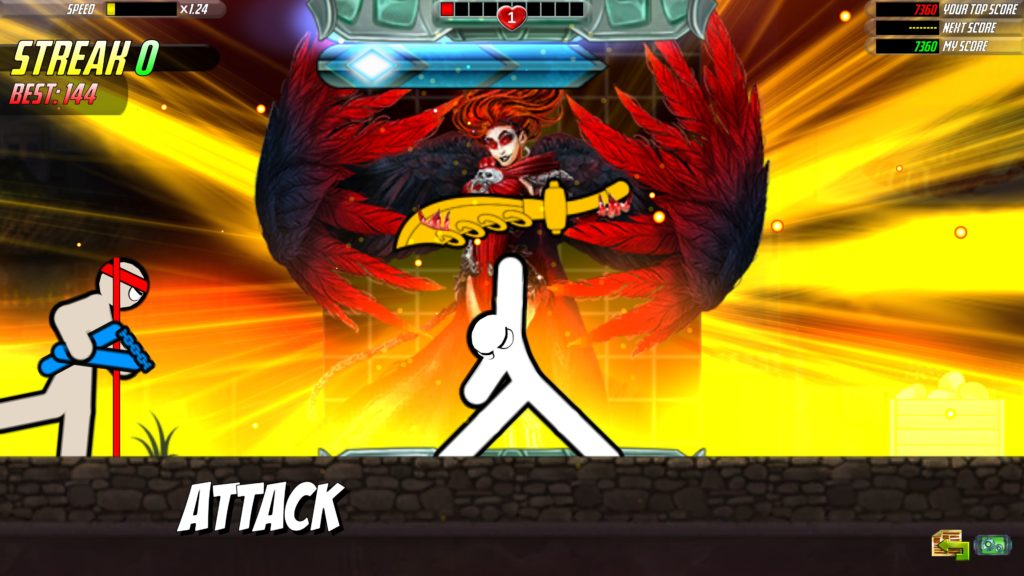
On another, more basic level, it’s a game where, as in OFDP1, you fight using ooonly the left and right mouse buttons, waiting for your opportunity to gorily beat the shit out of a horde of stickmen of various levels of health who want to hurt you, without clicking too early (Miss, slow down, get hit) or late (Get hit, damn, that hurt.) And, inevitably, get caught out by some subtlety or other to that system, whether that’s not getting the semi-expected “Nobody close, nearest punching bag selected for a brutal out-of-range walloping”, or taking out multiple opponents at once (A boon at times, a curse in others.)
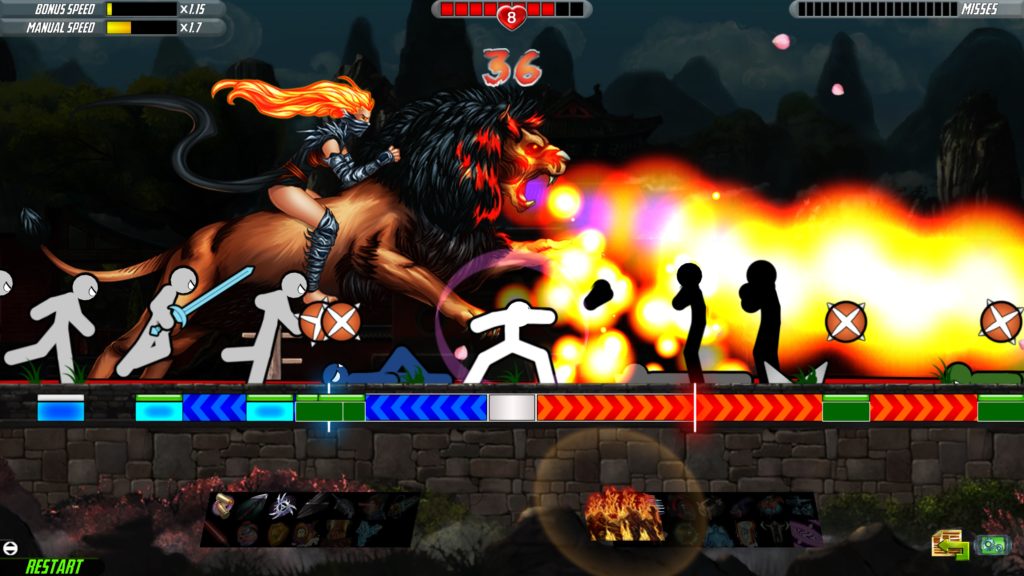
It’s fun enough that I don’t even mind that one of those “more of” is “More business in the UI to distract you if you weren’t focusing entirely on fighting using only the left and right mouse buttons.” Skills are easily more distracting, twitch functionality means that emotes fly across the screen, and the map, while beautiful, is also a little less clear.
But… Here’s the thing. That distraction, which would gain a thumbs down or a disapproving tut elsewhere, works with One Finger Death Punch 2 because part of the challenge is that the game is trying to distract you. And it works narratively because it’s essentially that bit in a martial arts movie where tons of people swarm a lone individual. Of course distraction is an element, and as such, you feel like a badass when you win.
It helps that, even if you lose, a few of the nice things about One Finger Death Punch (and sequel) come into play. Losing slows the game’s speed down. Winning speeds it up. So, in essence, it self corrects its difficulty. For the masochistic among us, the difficulty can also be manually corrected now, so… Wow. And, of course, if you reach the highest tier of Survival, you once again meet Luca the cat, determined to distract you further as cats do when you’re doing something important on a computer. Ahh, joy.
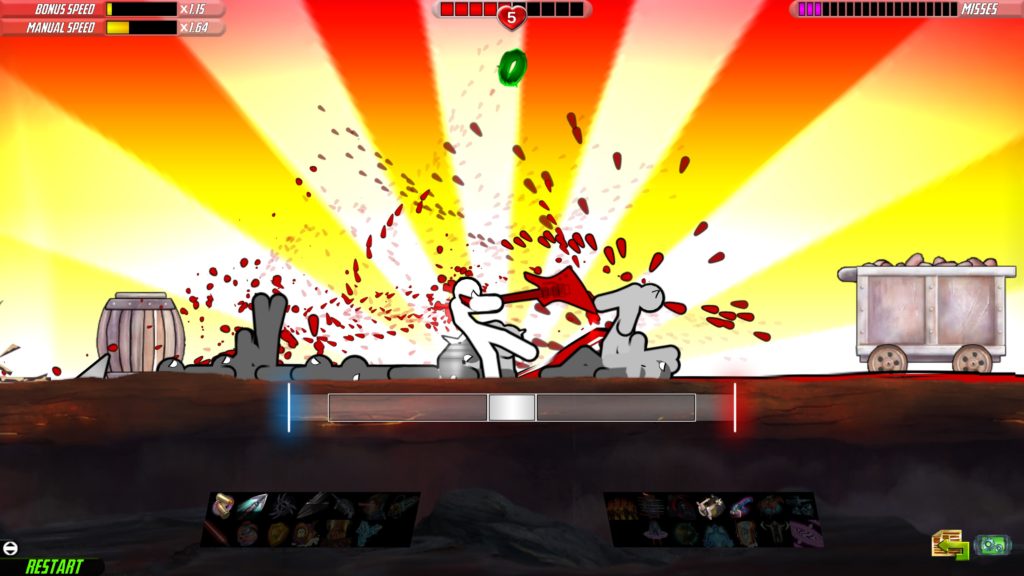
I’m actually going to wrap up here, because firstly, what you see is pretty much what you get: Punching, splashy effects, maps, survival, etcetera… But also because, sure, I could describe One Finger Death Punch 2 in terms of adrenaline rush, in terms of that fightgame high… And that’s a turnoff for some. I could describe it in terms of its simplicity… But that isn’t the whole story, because, while skills automatically resolve, there’s still depth to that, and effects on the play (Killing a brawler or boss instantly, for example, plays a flashy animation, but I hope you remembered who you were going to punch next!)
I could describe it in lots of ways, but my main advice is to watch some footage of it, think if you could give it a go, and then, if you want to… Give it a go. The tutorials are clear (Although 16 individual tutorials felt a bit much), and , worst case scenario, you find 2 hours passed without you realising (A good sign anyways), and you’ve spent £6.
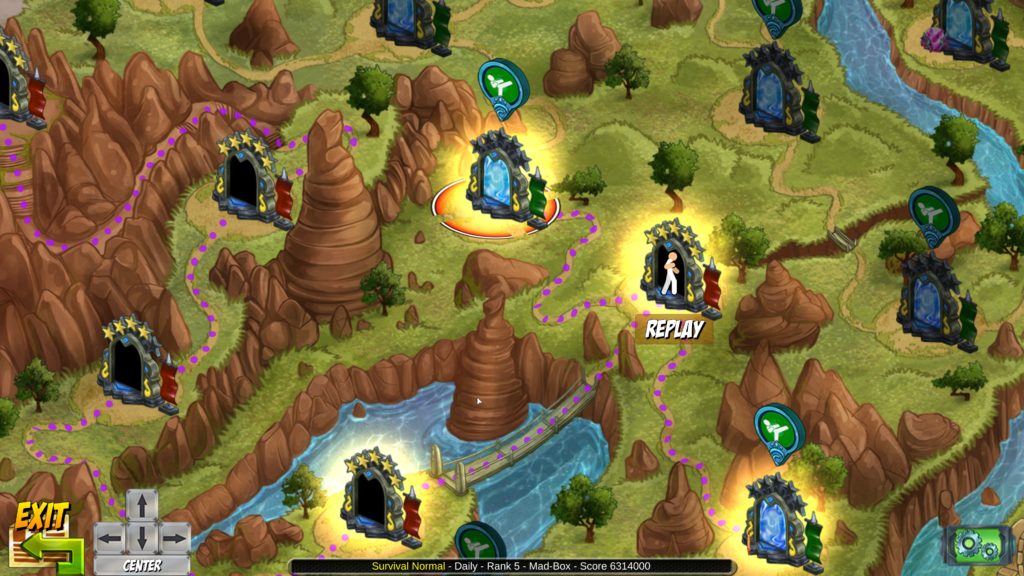
That may seem counterintuitive for a written review site, it’s true, but One Finger Death Punch 2, like its prequel, very much needs to be seen in motion. Personally, I love it.
The Mad Welshman fights using only the thumbs up and thumbs down. Alas, he does mash the review button.


